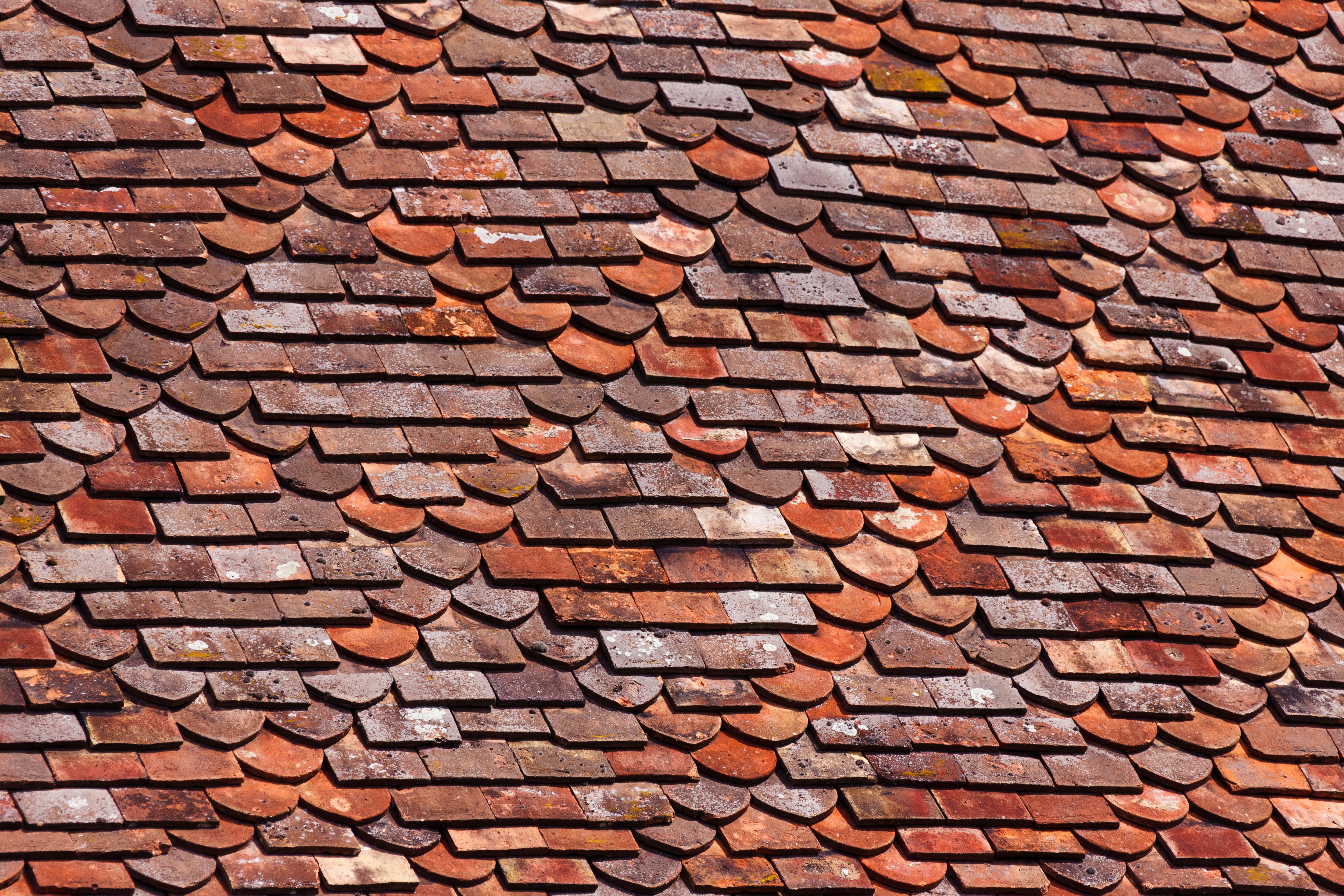Prescriptions for shingles. Shingles Treatment: Medications, Pain Relief, and Prevention Strategies
How does shingles develop. What are the main symptoms of shingles. Which antiviral medications are prescribed for shingles. How can pain from shingles be managed. What alternative treatments may provide relief for shingles. How can shingles be prevented.
Understanding Shingles: Causes and Symptoms
Shingles is a viral infection caused by the varicella-zoster virus, the same virus responsible for chickenpox. After a person recovers from chickenpox, the virus can lie dormant in nerve tissues for years before reactivating as shingles. The Centers for Disease Control and Prevention (CDC) reports that approximately 1 million people in the United States develop shingles annually.
The primary symptom of shingles is a painful rash that typically appears on one side of the body or face. This rash often develops into fluid-filled blisters that eventually crust over. Other symptoms may include:
- Burning, tingling, or numbness of the skin
- Sensitivity to touch
- Fever
- Headache
- Fatigue

If you suspect you have shingles, it’s crucial to consult a healthcare professional as soon as possible. Early diagnosis and treatment can help manage symptoms and reduce the risk of complications.
Antiviral Medications: The First Line of Defense
Antiviral medications play a vital role in treating shingles. These drugs work by slowing down the progression of the virus, particularly when administered within the first 72 hours of symptom onset. Commonly prescribed antiviral medications for shingles include:
- Acyclovir (Sitavig, Zovirax)
- Famciclovir (Famvir)
- Valacyclovir (Valtrex)
These medications can help reduce the severity and duration of the shingles outbreak, as well as lower the risk of complications. However, it’s essential to discuss potential side effects with your healthcare provider or pharmacist before starting any antiviral treatment.
How do antiviral medications work against shingles?
Antiviral medications target the varicella-zoster virus directly, interfering with its ability to replicate and spread. By inhibiting viral replication, these drugs can help limit the extent of the rash and reduce the overall duration of the illness. Additionally, early treatment with antivirals may decrease the likelihood of developing postherpetic neuralgia, a painful condition that can persist long after the initial rash has healed.
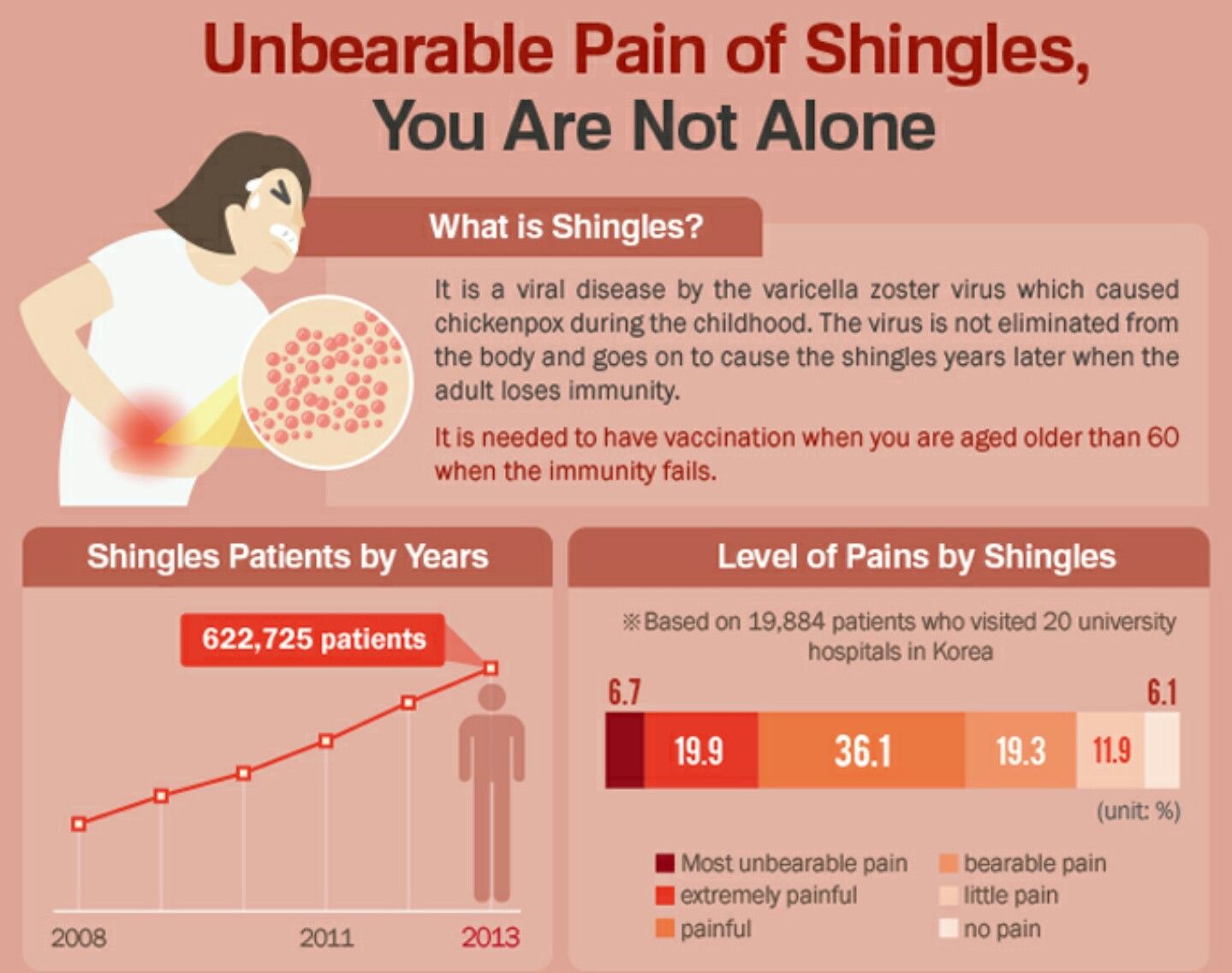
Managing Pain and Inflammation: Over-the-Counter and Prescription Options
Pain and inflammation are common symptoms of shingles that can significantly impact a person’s quality of life. Fortunately, there are several options available for managing these symptoms:
Over-the-Counter Pain Relievers
For mild to moderate pain, over-the-counter medications can be effective. These include:
- Acetaminophen
- Ibuprofen
- Naproxen
These medications not only help alleviate pain but may also reduce the risk of developing postherpetic neuralgia, a chronic pain condition that can occur after the shingles rash has healed.
Prescription Pain Medications
For more severe pain or in cases where over-the-counter options are insufficient, healthcare providers may prescribe stronger pain medications. These can include:
- Capsaicin cream: This topical treatment can help reduce pain by desensitizing nerve endings.
- Lidocaine: Available in various forms such as creams, lotions, patches, and sprays, lidocaine provides localized numbing to alleviate pain.
- Tricyclic antidepressants: Medications like amitriptyline, desipramine, and nortriptyline can help manage lingering pain after the rash has healed.
It’s important to note that the use of prescription pain medications should be carefully monitored by a healthcare professional to ensure safety and efficacy.

Alternative Treatments: Exploring Complementary Options
While conventional medical treatments remain the primary approach to managing shingles, some individuals may find relief through alternative or complementary therapies. Although research in this area is ongoing, several alternative treatments have shown promise:
Transcutaneous Electrical Nerve Stimulation (TENS)
TENS therapy uses small electrical pulses to provide pain relief. A portable TENS unit with electrodes can be applied to the affected area, allowing users to manage pain as needed.
Traditional Chinese Medicine
Various practices from Traditional Chinese Medicine have been explored for shingles relief, including:
- Acupuncture: The insertion of thin needles at specific points on the body
- Moxibustion: A heat therapy technique
- Cupping: Another form of heat therapy believed to draw out toxins
Topical Treatments
Some alternative topical treatments that have shown potential include:
- Dimethyl sulfoxide (DMSO) and idoxuridine mixture: May help reduce swelling and blisters
- Chlorophyll-based creams or solutions: Applied directly to the rash
- Manuka and clover honeys: Used topically on the affected skin
It’s crucial to consult with a healthcare provider before trying any alternative treatments, as they may interact with conventional medications or have unexpected side effects.

Self-Care Strategies for Managing Shingles Symptoms
While there are no specific home remedies that can cure shingles, several self-care strategies can help manage symptoms and promote healing:
- Keep the affected area clean and dry: This helps prevent secondary bacterial infections and promotes healing.
- Avoid scratching or bursting blisters: This can lead to scarring and increase the risk of infection.
- Use cool compresses: Applying a cool, damp washcloth to the rash for about 20 minutes can help soothe irritation and reduce pain.
- Take oatmeal baths: Soaking in a cool bath with colloidal oatmeal can help relieve itching and discomfort.
- Wear loose-fitting clothing: This can help prevent friction and irritation of the affected skin.
- Manage stress: Stress can exacerbate symptoms, so practicing relaxation techniques may be beneficial.
Remember that while these self-care measures can provide relief, they should be used in conjunction with prescribed treatments and under the guidance of a healthcare professional.

Preventing Shingles: Vaccination and Risk Reduction
Prevention is a crucial aspect of managing shingles, especially for individuals at higher risk. The most effective way to prevent shingles is through vaccination.
Shingles Vaccines
Currently, there are two vaccines available to prevent shingles:
- Shingrix: A recombinant zoster vaccine recommended for adults 50 years and older
- Zostavax: An older live vaccine that is no longer available for use in the United States as of November 18, 2020
The Centers for Disease Control and Prevention (CDC) recommends Shingrix as the preferred vaccine for preventing shingles and related complications. It is given in two doses, 2 to 6 months apart.
Who should consider getting the shingles vaccine?
The CDC recommends the shingles vaccine for:
- Adults 50 years and older
- People who have already had shingles
- Individuals who previously received the Zostavax vaccine
However, some individuals should not receive the shingles vaccine or should wait before getting vaccinated. These include:

- People with a history of severe allergic reactions to any component of the vaccine
- Pregnant women or those trying to become pregnant
- Individuals currently experiencing an active shingles outbreak
- People with weakened immune systems due to certain medical conditions or treatments
It’s important to consult with a healthcare provider to determine if the shingles vaccine is appropriate for you based on your individual health status and medical history.
Long-Term Outlook and Complications of Shingles
While many people recover from shingles without significant long-term effects, some may experience complications. Understanding these potential issues can help individuals seek appropriate care and follow-up treatment.
Postherpetic Neuralgia (PHN)
Postherpetic neuralgia is the most common complication of shingles. It occurs when nerve fibers are damaged during the shingles outbreak, leading to persistent pain even after the rash has healed. PHN can last for months or even years and may significantly impact quality of life.

Risk factors for developing PHN include:
- Advanced age (over 50)
- Severe pain during the initial shingles outbreak
- Extensive rash
- Presence of prodromal symptoms (symptoms occurring before the rash appears)
Management of PHN often involves a combination of medications, including topical treatments, antidepressants, and anticonvulsants. In some cases, more advanced pain management techniques may be necessary.
Other Potential Complications
While less common, other complications of shingles can include:
- Vision problems: If shingles affects the eye (ophthalmic shingles), it can lead to temporary or permanent vision loss.
- Hearing issues: Shingles in or around the ear can cause hearing loss, vertigo, or facial paralysis.
- Skin infections: Secondary bacterial infections can occur if blisters are not properly cared for.
- Neurological problems: In rare cases, shingles can lead to encephalitis (brain inflammation) or other neurological complications.
Regular follow-up with a healthcare provider is crucial for monitoring and managing any potential complications of shingles.

Emerging Research and Future Directions in Shingles Treatment
As our understanding of the varicella-zoster virus and its effects on the body continues to grow, researchers are exploring new avenues for treatment and prevention of shingles. Some promising areas of research include:
Novel Antiviral Therapies
Scientists are working on developing new antiviral medications that may be more effective or have fewer side effects than current options. These include:
- Nucleoside analogues with improved bioavailability
- Viral protease inhibitors specifically targeting the varicella-zoster virus
- Combination therapies that may enhance antiviral efficacy
Immunomodulatory Approaches
Research is ongoing into therapies that can modulate the immune response to the varicella-zoster virus, potentially reducing the severity of outbreaks or preventing reactivation altogether. This includes:
- Cytokine-based therapies
- Therapeutic vaccines to boost immune response in those already infected
- Monoclonal antibodies targeting specific components of the immune system

Advanced Pain Management Techniques
For individuals suffering from postherpetic neuralgia or severe acute pain, researchers are exploring new pain management strategies, such as:
- Novel topical analgesics with improved penetration and efficacy
- Targeted nerve ablation techniques
- Neuromodulation devices for chronic pain relief
As research progresses, it’s likely that we will see more effective and personalized approaches to treating and preventing shingles in the future. Individuals affected by shingles or at risk for the condition should stay informed about these developments and discuss new treatment options with their healthcare providers as they become available.
Shingles Treatment, Medication, and Prevention: Pain Relief, Antiviral
Written by WebMD Editorial Contributors
- Antiviral Medications for Shingles
- Painkillers for Shingles
- Other Medications for Shingles
- Alternative Treatments for Shingles?
- Self-Care for Shingles
- Can I Prevent Shingles?
- Who Shouldn’t Get the Shingles Vaccine?
- More
The virus that causes chickenpox also causes shingles. It’s called varicella zoster. It can lie quietly in your nerves for decades after causing chickenpox but suddenly wake up and become active.
The main symptom of shingles is a painful rash that comes up on one side of your body or face. See your doctor as soon as you can if you think you might have this condition.
1 million people in the U.S. get shingles each year, according to the CDC. There is a shingles vaccine for prevention.
Your doctor may want to put you on medications to control your infection and speed up healing, cut inflammation, and ease your pain. They include:
They include:
These medicines may slow down the progress of the shingles rash, especially if you take them within the first 72 hours of having symptoms.
They can also lower your chance of having complications. Your doctor may prescribe:
- Acyclovir (Sitavig, Zovirax)
- Famciclovir (Famvir)
- Valacyclovir (Valtrex)
Talk with your doctor or pharmacist about side effects to watch for if you take one of these drugs.
Shingles causes inflammation and pain. Your doctor can suggest over-the-counter medicines to relieve milder discomfort. They include:
- Acetaminophen
- Ibuprofen
- Naproxen
These may also help you stave off postherpetic neuralgia, which is a burning pain that some people get after the rash and blisters of shingles go away.
If you have severe pain after the rash clears or an infection during your shingles outbreak, your doctor might prescribe:
Capsaicin cream: Be careful not to get it in your eyes.
A numbing medicine: You might get lidocaine (Lidoderm, Xylocaine) for pain. It can come in a variety of forms, such as creams, lotions, patches, powders, and sprays, among others.
Antibiotics: You might need these medicines if bacteria infect your skin and rash. But if bacteria aren’t involved, then antibiotics won’t help.
Tricyclic antidepressants: These medications might help ease the pain that lingers after your skin has healed, such as amitriptyline, desipramine (Norpramin), and nortriptyline (Pamelor). They may also help you with depression, if you have that in addition to shingles. Your doctor can tell you what the risks and benefits are.
Some studies show that various alternative treatments, from acupuncture to supplements, can offer relief. The research isn’t complete, but some show promise. Check with your doctor before you try any of these:
TENS (transcutaneous electrical nerve stimulation). This therapy uses tiny electrical pulses to relieve pain. A TENS unit is about the size of a smartphone and comes with small patches called electrodes. You put them over the painful area and turn the unit on and off as your pain comes and goes.
This therapy uses tiny electrical pulses to relieve pain. A TENS unit is about the size of a smartphone and comes with small patches called electrodes. You put them over the painful area and turn the unit on and off as your pain comes and goes.
Traditional Chinese medicine. These treatments aim to restore balance in your body. They include acupuncture, the ancient practice of inserting very thin needles into your skin at specific points. Also, moxibustion and cupping, two types of heat therapy, are supposed to draw out toxins. These treatments may be done in combination.
Creams and other skin treatments. A mixture of liquid dimethyl sulfoxide (DMSO) and idoxuridine, an antiviral drug, may reduce swelling and the number of blisters you have when you put it on your rash. And chlorophyll, the chemical that gives plants their green color, is also used directly on the rash as a cream or saline solution.
Supplements. You’ll find a long list of herbs, pills, and oils that claim to relieve shingles. Most have no research to back them up, but there are a couple of exceptions. Papain, a protein found in papayas, is sold in capsules. And manuka and clover honeys can be put directly on your skin. Very early studies on both show they might be helpful.
Most have no research to back them up, but there are a couple of exceptions. Papain, a protein found in papayas, is sold in capsules. And manuka and clover honeys can be put directly on your skin. Very early studies on both show they might be helpful.
There aren’t home remedies for shingles. But there are things you can do to help your skin heal.
Keep the affected area clean, dry, and exposed to air as much as possible.
The itching can be maddening at times, but try not to scratch or burst the blisters.
Soothe the rash. Your top priority is to find relief for the pain and itching that the rash causes. You might try:
1. Oatmeal baths. Dip into a cool tub of water. For extra relief, add colloidal oatmeal, which is made of oats that have been ground to a very fine powder. This soothing bath may help calm your itching.
2. Cold compresses. Run a washcloth under cool water and place it on your blisters for about 20 minutes at a time. Not only can this relieve itching, it also keeps your blisters clean. That can help you avoid a skin infection. If your blisters aren’t oozing anymore, stop using cold compresses. And if you are using any creams or patches on your rash, don’t use compresses at the same time.
That can help you avoid a skin infection. If your blisters aren’t oozing anymore, stop using cold compresses. And if you are using any creams or patches on your rash, don’t use compresses at the same time.
3. Loose clothing. You’ll likely find that relaxed fits made from natural fibers, such as cotton or linen, give you more comfort. If you need to cover your blisters, avoid bandages that might stick to your rash.
4. Calamine lotion. Treat your skin with this smooth, cool, and soothing balm.
Treat your body and mind. You can get worn down mentally when you’re in constant pain. Stress can make it seem even worse. Self-care starts with treating your rash, but don’t stop there. Your mind and emotional state need to be cared for as well.
Stick with good habits: Your body is working hard to fight the varicella zoster virus that causes shingles. To give it the right support, you can:
- Eat nutritious food and have regular meals. Ask someone to make a run to the grocery store for fresh fruit and such if you’re not up for it.

- Try to get a good night’s sleep and rest anytime you need to.
- Do gentle exercises, such as walking or stretching. Light activity can help take your mind off the pain. Keep it simple though, and check with your doctor if you’re trying something new.
Distract yourself. Sometimes, the best thing you can do is to put your focus elsewhere. Here are a few things to try:
- Call a friend.
- Listen to music that relaxes you.
- Read a book.
- Watch a favorite movie.
- Work on hobbies you enjoy.
Keep calm. Relaxation can be a big help. With a calmer mind, you can better handle your discomfort. You may want to try:
- Meditation
- Tai chi
- Walking (but keep your blisters covered)
- Yoga
Experiment with these strategies as you get through your shingles outbreak. Different things can help depending on how severe your symptoms are and how you feel from day to day.
There are two shingles vaccines. Shingrix is the recommended vaccine. Zostavax is no longer avilable in the U.S.
Shingrix is the recommended vaccine. Zostavax is no longer avilable in the U.S.
Who should get it: The CDC recommends that you get this vaccine if you’re a healthy adult age 50 or older, whether or not you remember having had chickenpox, because most people have been exposed to the virus. If you have had the Zostavax vaccine, you can also get Shingrix.
How many shots do you need? You would need two shots for Shingrix: One at first, with a follow-up in 2 to 6 months.
What it does: Shingrix reduces your chance of getting shingles by more than 90%. Even if you still get shingles, the vaccine may help it be less painful.
I never had chickenpox. Do I still need the shingles vaccine? Yes, you do. Shingrix is recommended for everyone age 50 or older, whether or not you remember having had chickenpox.
If I’ve had shingles, can I still get the vaccine? Yes. It may help prevent another bout of shingles later on.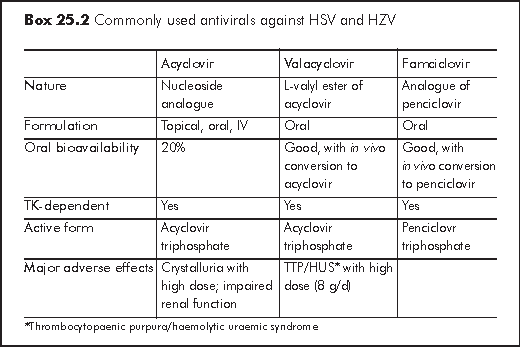 If you have shingles right now, you should wait until the rash is gone before you get vaccinated.
If you have shingles right now, you should wait until the rash is gone before you get vaccinated.
What are the side effects? The most common side effects with Shingrix include pain and swelling where the needle went in you skin, muscle pain, tiredness, headache, chills, fever, and stomach troubles. With any vaccine, there is a chance of a severe allergic reaction.
Don’t get the Shingrix vaccine if:
- You’re allergic to any of the ingredients.
- You’re pregnant or nursing.
- You have tested negative for immunity to the chickenpox virus. Ask your doctor about the chickenpox vaccine instead.
- You have shingles now.
Top Picks
Shingles Treatment, Medication, and Prevention: Pain Relief, Antiviral
Written by WebMD Editorial Contributors
- Antiviral Medications for Shingles
- Painkillers for Shingles
- Other Medications for Shingles
- Alternative Treatments for Shingles?
- Self-Care for Shingles
- Can I Prevent Shingles?
- Who Shouldn’t Get the Shingles Vaccine?
- More
The virus that causes chickenpox also causes shingles. It’s called varicella zoster. It can lie quietly in your nerves for decades after causing chickenpox but suddenly wake up and become active.
It’s called varicella zoster. It can lie quietly in your nerves for decades after causing chickenpox but suddenly wake up and become active.
The main symptom of shingles is a painful rash that comes up on one side of your body or face. See your doctor as soon as you can if you think you might have this condition.
1 million people in the U.S. get shingles each year, according to the CDC. There is a shingles vaccine for prevention.
Your doctor may want to put you on medications to control your infection and speed up healing, cut inflammation, and ease your pain. They include:
These medicines may slow down the progress of the shingles rash, especially if you take them within the first 72 hours of having symptoms.
They can also lower your chance of having complications. Your doctor may prescribe:
- Acyclovir (Sitavig, Zovirax)
- Famciclovir (Famvir)
- Valacyclovir (Valtrex)
Talk with your doctor or pharmacist about side effects to watch for if you take one of these drugs.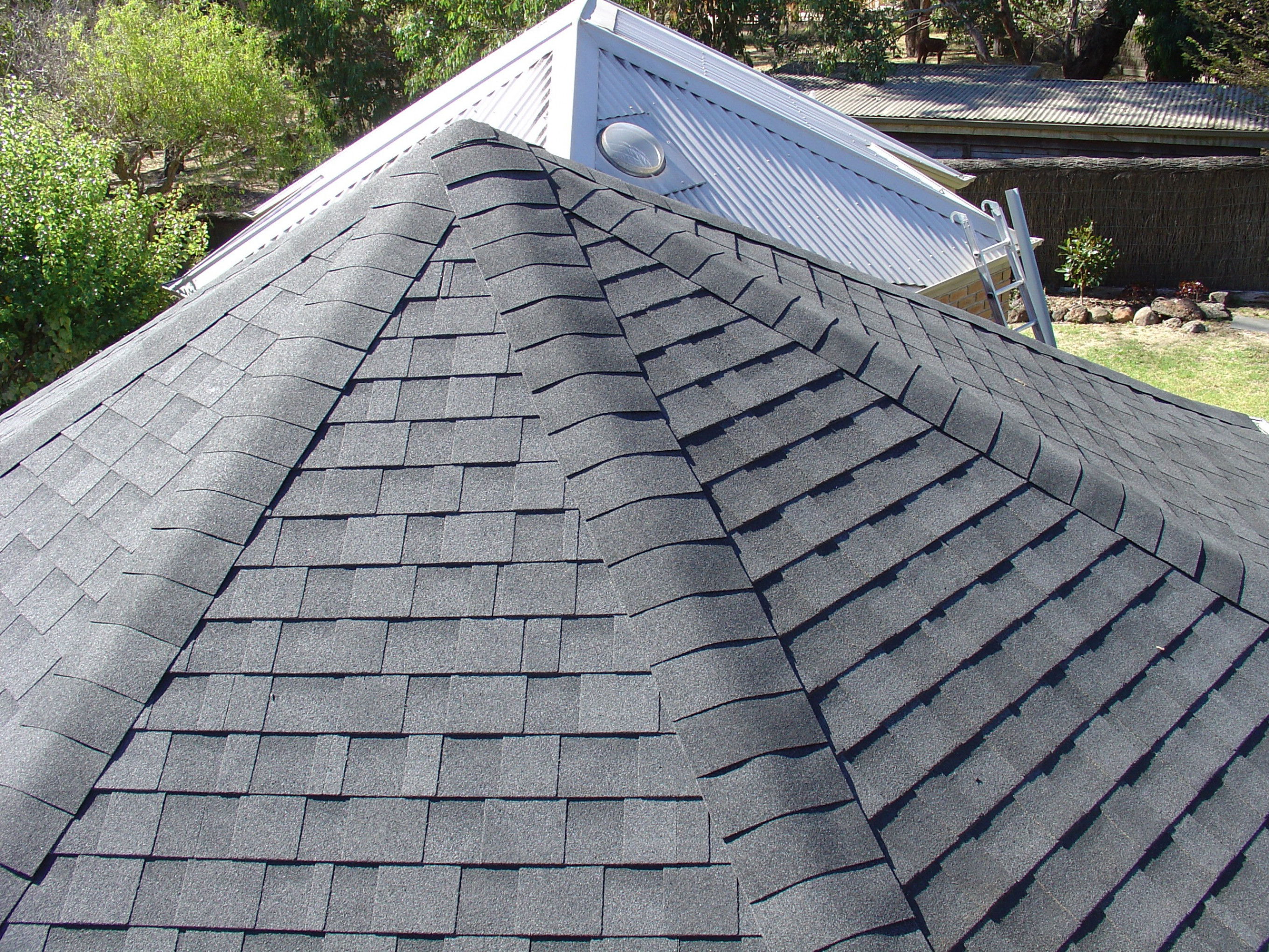
Shingles causes inflammation and pain. Your doctor can suggest over-the-counter medicines to relieve milder discomfort. They include:
- Acetaminophen
- Ibuprofen
- Naproxen
These may also help you stave off postherpetic neuralgia, which is a burning pain that some people get after the rash and blisters of shingles go away.
If you have severe pain after the rash clears or an infection during your shingles outbreak, your doctor might prescribe:
Capsaicin cream: Be careful not to get it in your eyes.
A numbing medicine: You might get lidocaine (Lidoderm, Xylocaine) for pain. It can come in a variety of forms, such as creams, lotions, patches, powders, and sprays, among others.
Antibiotics: You might need these medicines if bacteria infect your skin and rash. But if bacteria aren’t involved, then antibiotics won’t help.
Tricyclic antidepressants: These medications might help ease the pain that lingers after your skin has healed, such as amitriptyline, desipramine (Norpramin), and nortriptyline (Pamelor). They may also help you with depression, if you have that in addition to shingles. Your doctor can tell you what the risks and benefits are.
They may also help you with depression, if you have that in addition to shingles. Your doctor can tell you what the risks and benefits are.
Some studies show that various alternative treatments, from acupuncture to supplements, can offer relief. The research isn’t complete, but some show promise. Check with your doctor before you try any of these:
TENS (transcutaneous electrical nerve stimulation). This therapy uses tiny electrical pulses to relieve pain. A TENS unit is about the size of a smartphone and comes with small patches called electrodes. You put them over the painful area and turn the unit on and off as your pain comes and goes.
Traditional Chinese medicine. These treatments aim to restore balance in your body. They include acupuncture, the ancient practice of inserting very thin needles into your skin at specific points. Also, moxibustion and cupping, two types of heat therapy, are supposed to draw out toxins. These treatments may be done in combination.
Creams and other skin treatments. A mixture of liquid dimethyl sulfoxide (DMSO) and idoxuridine, an antiviral drug, may reduce swelling and the number of blisters you have when you put it on your rash. And chlorophyll, the chemical that gives plants their green color, is also used directly on the rash as a cream or saline solution.
Supplements. You’ll find a long list of herbs, pills, and oils that claim to relieve shingles. Most have no research to back them up, but there are a couple of exceptions. Papain, a protein found in papayas, is sold in capsules. And manuka and clover honeys can be put directly on your skin. Very early studies on both show they might be helpful.
There aren’t home remedies for shingles. But there are things you can do to help your skin heal.
Keep the affected area clean, dry, and exposed to air as much as possible.
The itching can be maddening at times, but try not to scratch or burst the blisters.
Soothe the rash. Your top priority is to find relief for the pain and itching that the rash causes. You might try:
1. Oatmeal baths. Dip into a cool tub of water. For extra relief, add colloidal oatmeal, which is made of oats that have been ground to a very fine powder. This soothing bath may help calm your itching.
2. Cold compresses. Run a washcloth under cool water and place it on your blisters for about 20 minutes at a time. Not only can this relieve itching, it also keeps your blisters clean. That can help you avoid a skin infection. If your blisters aren’t oozing anymore, stop using cold compresses. And if you are using any creams or patches on your rash, don’t use compresses at the same time.
3. Loose clothing. You’ll likely find that relaxed fits made from natural fibers, such as cotton or linen, give you more comfort. If you need to cover your blisters, avoid bandages that might stick to your rash.
4. Calamine lotion. Treat your skin with this smooth, cool, and soothing balm.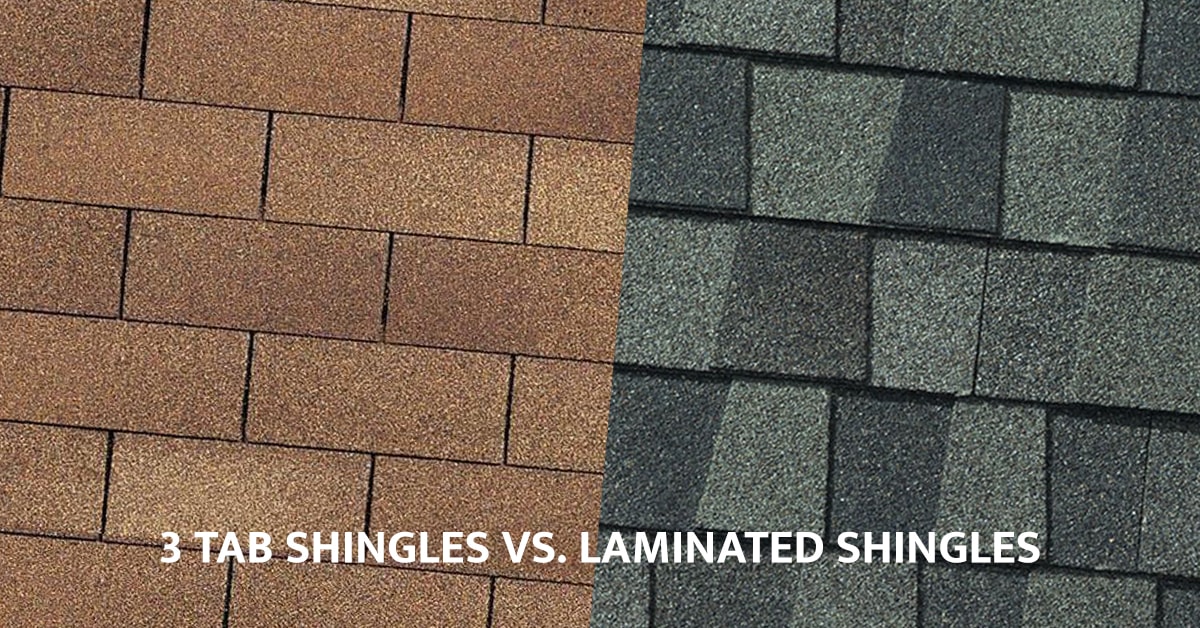
Treat your body and mind. You can get worn down mentally when you’re in constant pain. Stress can make it seem even worse. Self-care starts with treating your rash, but don’t stop there. Your mind and emotional state need to be cared for as well.
Stick with good habits: Your body is working hard to fight the varicella zoster virus that causes shingles. To give it the right support, you can:
- Eat nutritious food and have regular meals. Ask someone to make a run to the grocery store for fresh fruit and such if you’re not up for it.
- Try to get a good night’s sleep and rest anytime you need to.
- Do gentle exercises, such as walking or stretching. Light activity can help take your mind off the pain. Keep it simple though, and check with your doctor if you’re trying something new.
Distract yourself. Sometimes, the best thing you can do is to put your focus elsewhere. Here are a few things to try:
- Call a friend.
- Listen to music that relaxes you.

- Read a book.
- Watch a favorite movie.
- Work on hobbies you enjoy.
Keep calm. Relaxation can be a big help. With a calmer mind, you can better handle your discomfort. You may want to try:
- Meditation
- Tai chi
- Walking (but keep your blisters covered)
- Yoga
Experiment with these strategies as you get through your shingles outbreak. Different things can help depending on how severe your symptoms are and how you feel from day to day.
There are two shingles vaccines. Shingrix is the recommended vaccine. Zostavax is no longer avilable in the U.S.
Who should get it: The CDC recommends that you get this vaccine if you’re a healthy adult age 50 or older, whether or not you remember having had chickenpox, because most people have been exposed to the virus. If you have had the Zostavax vaccine, you can also get Shingrix.
How many shots do you need? You would need two shots for Shingrix: One at first, with a follow-up in 2 to 6 months.
What it does: Shingrix reduces your chance of getting shingles by more than 90%. Even if you still get shingles, the vaccine may help it be less painful.
I never had chickenpox. Do I still need the shingles vaccine? Yes, you do. Shingrix is recommended for everyone age 50 or older, whether or not you remember having had chickenpox.
If I’ve had shingles, can I still get the vaccine? Yes. It may help prevent another bout of shingles later on. If you have shingles right now, you should wait until the rash is gone before you get vaccinated.
What are the side effects? The most common side effects with Shingrix include pain and swelling where the needle went in you skin, muscle pain, tiredness, headache, chills, fever, and stomach troubles. With any vaccine, there is a chance of a severe allergic reaction.
Don’t get the Shingrix vaccine if:
- You’re allergic to any of the ingredients.
- You’re pregnant or nursing.

- You have tested negative for immunity to the chickenpox virus. Ask your doctor about the chickenpox vaccine instead.
- You have shingles now.
Top Picks
causes, symptoms, treatment, prevention at home
What is shingles
The causative agent of the disease is the herpes virus type 3. Most people know him well since childhood. This is the same virus that causes chickenpox. Thus, having entered the body at an early age, it remains there forever, and the person becomes the carrier of this strain.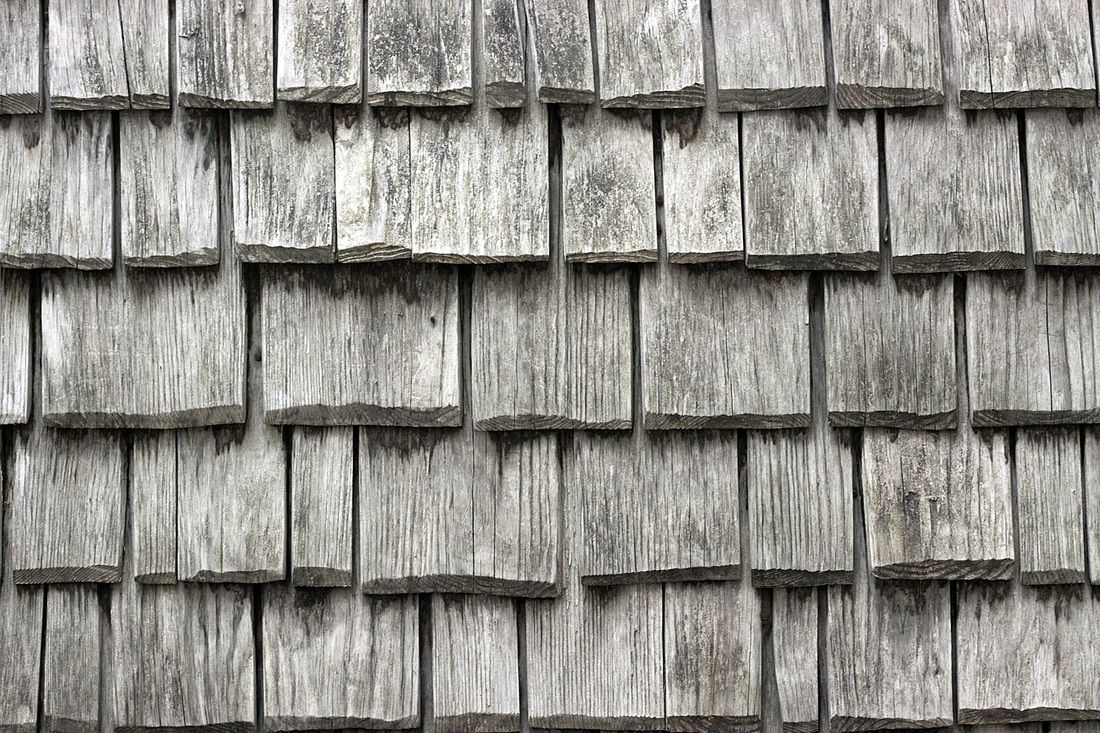
Most people on earth live with a similar pathogen and may never experience shingles. But sometimes, under favorable conditions for the virus, it gives a relapse in the form of a disease. It may be accompanied by eruptions on various parts of the body, or occur without rash, but always leads to neuralgic affections. Most often, relapse overtakes older citizens from 60 to 80 years. It is in this age group that up to 60% of all cases of herpes zoster are recorded.
Causes of shingles in adults
Doctors agree that the cause of the disease is a weakened immune system, in which the body’s defenses are not able to cope with the activity of the virus. Therefore, with a recurrence of type 3 herpes, first of all, they find out the causes of a failure in the immune system. These include:
- oncological diseases and related radio and radiation therapy;
- surgical interventions, including organ transplants;
- HIV/AIDS;
- antibiotics and drugs that kill the protective functions of the body;
- depression, stress;
- hypothermia or overheating.

Shingles itself is not a contagious disease. But a sick person is a source of the varicella-zoster virus. Therefore, for everyone who has not had this childhood infection, any contact with a person suffering from lichen is strictly contraindicated. Otherwise, it is almost a 100 percent guarantee of catching chickenpox. The disease can be transmitted in several ways: airborne, household contact and transplacental (from mother to child during pregnancy and childbirth). The patient is a danger to others during the entire time when he has new bubbles.
Symptoms of herpes zoster in adults
Herpes zoster has two forms, typical and atypical, which manifest themselves in different ways.
Typical shape. Passes through 3 stages, each of which is characterized by its own set of symptoms:
- The first stage lasts from 2 to 4 days. The patient begins to be disturbed by painful sensations of the neuralgic type, tingling, burning, itching in the place where rashes soon form.
 Often there is a disorder of the function of the gastrointestinal tract, the temperature rises to 39°C, lymph nodes are enlarged.
Often there is a disorder of the function of the gastrointestinal tract, the temperature rises to 39°C, lymph nodes are enlarged. - The second stage is characterized by the appearance of a rash. First, red spots of different sizes appear – up to 5 mm. After 3-4 days bubbles (vesicles) form. This process is also accompanied by pain and itching.
- The third stage occurs when crusts begin to form in place of the bubbles. Over time, they dry out and fall off. With shingles, skin lesions heal in 10 to 14 days. But the neuralgic manifestations remain.
Atypical form. In this case, herpes zoster can be expressed in several different types:
- Mild (abortive) – vesicles do not form, the disease manifests itself only with neuralgia.
- Severe (gangrenous) – usually occurs with catastrophic immunodeficiency. It is distinguished by very abundant rashes that encircle the affected part of the body, constantly changing movement.
 There are more and more rashes.
There are more and more rashes. - Vesicles – vesicles grow in size, seem to unite and form rashes of considerable size, with uneven edges.
- Generalized – in case of serious disorders of the immune system, following typical rashes, herpes type 3 affects large areas of the skin and mucous membranes.
- Bullous – vesicles coalesce into single large papules.
Also, herpes zoster is classified according to the place of localization, distinguishing gangliocutaneous (the most common), ophthalmic, ear and other forms.
In the typical form of herpes zoster, red patches of varying size first appear, followed by blisters after 3-4 days. Photo: Wikipedia, Globallookpress. In the typical form of herpes zoster, red spots of various sizes first appear, and after 3-4 days bubbles form. Photo: Wikipedia, Globallookpress. In the typical form of herpes zoster, red spots of various sizes first appear, and after 3-4 days bubbles form. Photo: Wikipedia, Globallookpress.
Treatment of herpes zoster in adults
Herpes zoster should be treated as soon as possible – already at the first signs of the disease. The doctor will always prescribe a comprehensive treatment that will relieve the patient of the unpleasant symptoms of the disease, reduce the risk of complications, and also support the immune system.
Diagnosis
Diagnosis is usually based on examination of the clinical picture. When the patient has already developed a rash, it becomes obvious. But at the very beginning of the disease, it can be confused with pleurisy, trigeminal neuralgia, appendicitis, angina, pulmonary infarction, renal colic. It is also important for a doctor to distinguish lichen from ordinary herpes, chickenpox, and acute eczema.
To make a correct diagnosis or clarify it, doctors resort to various methods of laboratory diagnostics:
- PCR analysis – it detects the DNA of the pathogen in the bubble fluid, blood, saliva;
- enzyme immunoassay (ELISA) – helps to detect antibodies to the virus, deal with the primary infection;
- immunofluorescent analysis – allows you to find antigens;
- HIV / AIDS test – may be prescribed in case of development of a generalized form.

The patient may also be referred for a general and biochemical blood test, a general urinalysis.
Modern methods of treatment
Herpes zoster is treated mainly on an outpatient basis. But with gangrenous, generalized, ophthalmic and ear forms, patients are admitted to the hospital.
There is a wide range of medicines that are used to treat this infection:
Topical antivirals. They help to quickly cope with rashes.
Antivirals for oral administration. They allow you to fight the virus more effectively.
Painkillers . Non-steroidal antivirals not only relieve pain, but also treat inflammation. Lidocaine based ointments also help with pain.
Antihistamines. Similar medicines help relieve itching.
Vitamins. B vitamins (tablets or even injections) are needed to prevent tissues from being actively destroyed.
Antibiotics. If a bacterial infection is attached to shingles, the doctor will prescribe such remedies.
Often the patient is prescribed physiotherapeutic procedures – UHF, electrophoresis, ultrasound, ultraviolet irradiation. With proper treatment and compliance with all the recommendations of a specialist, the prognosis is favorable.
Prevention of shingles in adults at home
First of all, protection against shingles is in strong immunity. To preserve it, you should avoid any situations in which the body’s defenses are tested for strength.
Preventive measures also include the exclusion of contact with sick people. Those who have had chickenpox should avoid hypothermia, overheating, stress, overwork.
Vaccination is a good method of prevention.
Popular Questions and Answers
Infectious Disease Doctor, Virologist, Candidate of Medical Sciences Anna Demina answered popular questions about herpes zoster .
What are the complications of shingles?
If you do not get professional help in time, patients with weak immunity can develop serious complications, including severe ones such as viral meningitis or viral encephalitis. Another consequence is severe postherpetic neuralgia, when pain persists for a long time – up to 6 months, after treatment and elimination of all signs of the disease.
When to call a doctor at home for shingles?
Usually, shingles is not accompanied by such a severe condition as to call a doctor at home. But there are cases when this is indispensable. The criteria for such a situation should be considered the presence of high fever, severe pain and extensive rashes.
Is it possible to treat shingles with folk remedies?
This virus cannot be treated with folk methods! Treatment is prescribed only by an infectious disease specialist in each individual case.
Shingles – treatment at home
Contents
- The essence of the pathology
- Rules and recommendations for the treatment of herpes zoster at home
- Traditional medicine methods
- Medications
- What not to do with shingles
Shingles is an infectious disease caused by the herpes virus.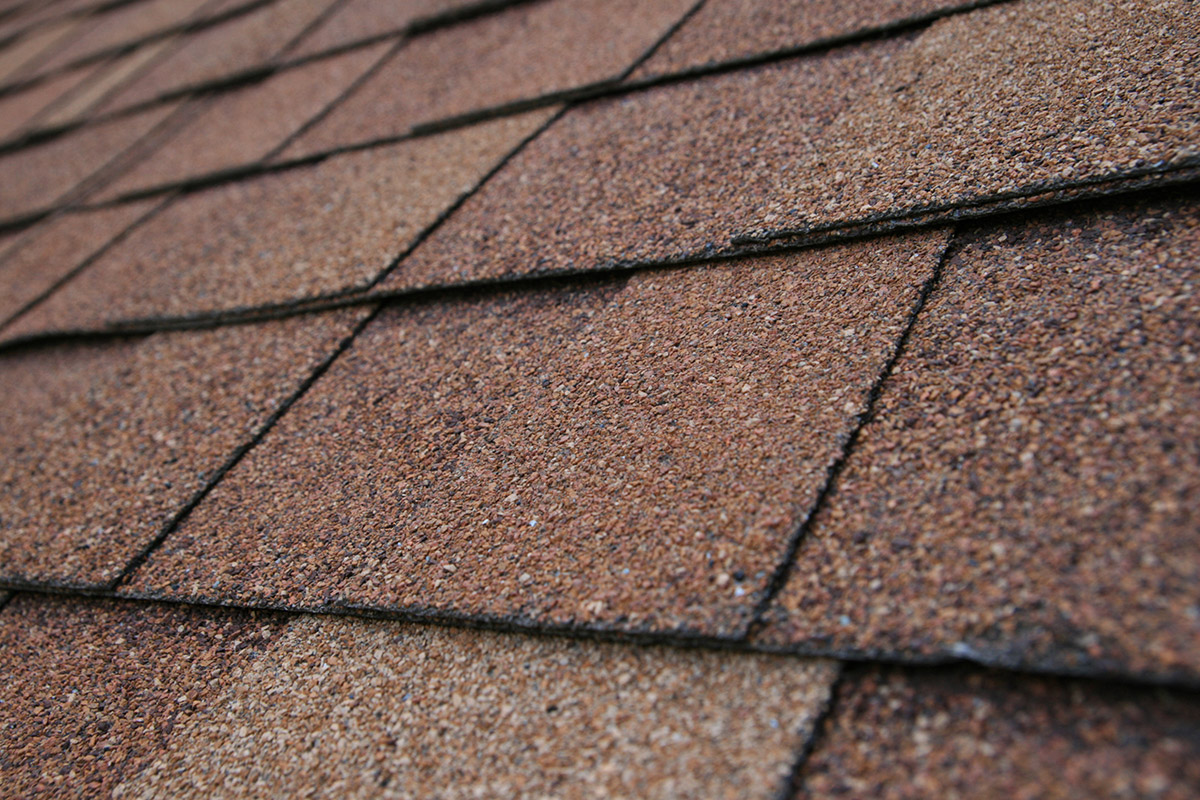 Treatment is carried out in inpatient and outpatient settings, depending on the severity. Medicines and traditional medicine are used to treat shingles at home.
Treatment is carried out in inpatient and outpatient settings, depending on the severity. Medicines and traditional medicine are used to treat shingles at home.
The essence of the pathology
Herpes zoster is a type of herpetic infection that mainly has skin manifestations. The disease is caused by the same type of virus as chicken pox. If a person has ever had chickenpox, the herpes virus in his body remains forever. It settles in the nerve nodes and does not manifest itself until a person maintains sufficient immunity.
Read also
How is herpes zoster treated when visiting a doctor…Read more
When a stressful situation arises, with a serious illness, hypothermia, the immune system weakens, and the chickenpox and herpes zoster virus activates. Pathology often occurs in adults. Shingles is characterized by the appearance of specific rashes on those areas of the skin that correspond to infected nerve fibers.
Eruptions are small clustered vesicles with a clear liquid inside. More often they are located on the body, as if encircling it – hence the name of the disease. But rashes can also appear on the head, limbs, buttocks. The affected skin turns red, there is a pronounced itching of these areas. Quite intense musculoskeletal pain caused by damage to nerve fibers is characteristic.
More often they are located on the body, as if encircling it – hence the name of the disease. But rashes can also appear on the head, limbs, buttocks. The affected skin turns red, there is a pronounced itching of these areas. Quite intense musculoskeletal pain caused by damage to nerve fibers is characteristic.
The disease lasts for 7-14 days, after which the blisters gradually dry up, forming crusts, and then areas of depigmentation. These traces persist for several years. Pain can also persist for 6-12 months. Shingles is treated at home, and in severe cases with extensive rashes, hospitalization in the infectious diseases department is indicated.
Photo No. 1 – rash with herpes zoster, photo No. 2 – herpes zoster in the intercostal zone.
1 2
Rules and recommendations in the treatment of herpes enclosing herpes at home
In order to effectively carry out surpassing deprivation at home, some rules must be observed:
- Home treatment are subject to lung forms of encircling lichen – without pronounced intoxication, with limited rashes;
- complex treatment should be used – drugs with antiviral action, traditional medicine, regimen;
- treatment is carried out strictly in the indicated dosages and in compliance with the recommended duration of taking the drugs;
- if the patient’s condition worsens with herpes zoster or if there is no positive effect within three days, it is necessary to consult a doctor.

Shingles can lead to serious complications, so even home treatment is carried out according to medical recommendations.
Traditional medicine methods
There are quite a lot of alternative methods of treatment of herpes zoster, since this disease has been known since ancient times. A variety of internal and external agents are used, however, they are not able to fully replace antiviral drugs. In this case, the specifics of the use of traditional medicine is such that it has an auxiliary value.
Home treatment of herpes zoster using traditional medicine can speed up the healing process of rashes with herpes zoster, reduce the severity of intoxication and itching. However, the main therapy still remains the use of a course of direct antiviral drugs.
The person should be in a separate room where wet cleaning and airing is carried out daily. Bed rest is prescribed until the fever stops. Every two days it is necessary to change bed and underwear.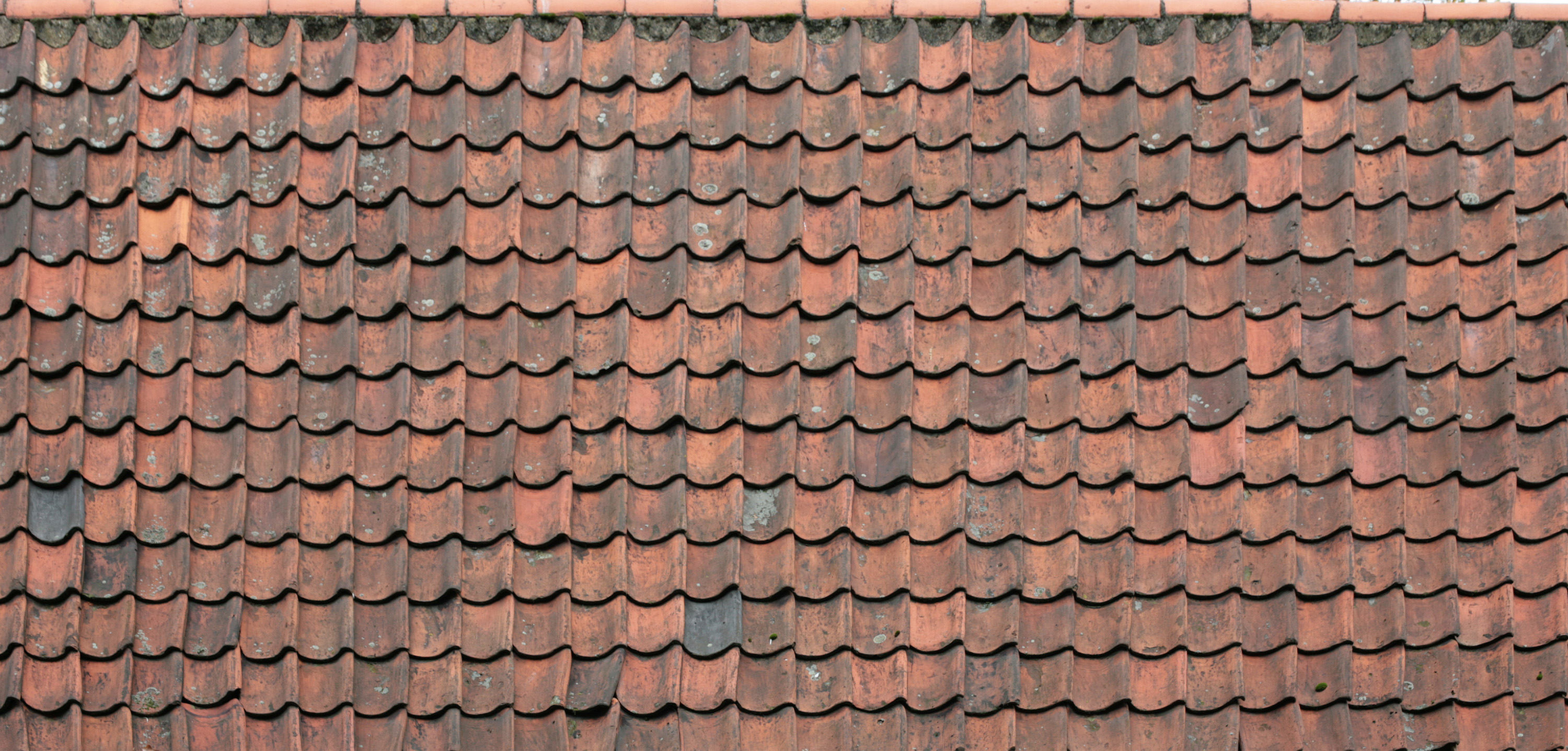 A light milk-vegetarian diet, plentiful acidified drink is prescribed.
A light milk-vegetarian diet, plentiful acidified drink is prescribed.
Treatment of herpes at home can be carried out not only in adults, but also in children, but it requires a consultation with a pediatrician and an assessment of the severity of the child’s condition.
Outdoor products
The purpose of the treatment of folk remedies for external use in herpes zoster is to reduce itching, disinfection and drying of the rash.
Table. Folk recipes for skin treatment with herpes zoster.
| Preparation | How to use | Effect |
|---|---|---|
| Wormwood compress | ||
| One teaspoon of dry herb is poured into 100 ml of vodka. Insist a week in a dark place | Moisten a piece of gauze with tincture, apply to rashes for half an hour | Eliminates itching, has an antiseptic effect |
| Burdock compress | ||
Grind dried burdock leaves. Take a tablespoon of herbs, pour 100 ml of water. Bring to a boil over low heat Take a tablespoon of herbs, pour 100 ml of water. Bring to a boil over low heat | Moisten a piece of cloth with the decoction, apply to the rashes until the cloth is completely dry | Burdock treatment helps relieve itching, speeds up skin healing, speeds up skin healing |
| Garlic tincture with castor oil | ||
| You need to take a few cloves of garlic, grate them on a fine grater. Add 50 ml castor oil, put in the oven for 2 hours at 80 degrees | Used to lubricate affected areas of the skin | Antiviral and antipruritic |
| Calendula and meadowsweet tincture | ||
| A tablespoon of each herb is poured into 500 ml of vodka. Insist for a week in a dark place | Lubricates rashes at bedtime | Antipruritic |
| Acetic compress | ||
| You need to take 6% vinegar, moisten a gauze cloth in it and wring it out well | Apply a vinegar cloth to rashes | Helps relieve itching, redness of the skin |
| Cabbage leaf compress | ||
| Take a fresh cabbage leaf, mash it slightly to release the juice | Apply sheet to rash area, secure with cloth. Keep two hours Keep two hours | Cabbage juice cools inflamed skin, relieves itching |
| Agave and honey ointment | ||
| You will need 10 g of honey and the same amount of aloe leaf juice. Mix components, heat in a water bath | Apply the mixture to the affected skin, leave on for 15-20 minutes, then rinse gently with cool water | Honey and aloe juice reduce inflammation, have a softening and antipruritic effect |
| Herbal ointment | ||
| Contains celery juice, carrot juice, chopped parsley. All components are taken in equal amounts, mixed and butter | Apply the ointment to the affected skin before going to bed | Relieves itching, reduces inflammation |
| Eucalyptus Lotions | ||
| You will need eucalyptus extract diluted 1:1 with water | Lubricate the skin at the site of the rash with the solution | Relieves itching, has antiseptic properties |
| Honey and garlic lotion | ||
| Mash two cloves of garlic, add a tablespoon of honey and mix well | Apply to the lesion, cover with a clean cloth, leave for 20 minutes | Reduces itching and swelling |
| Mint Lotions | ||
| A handful of fresh mint, chopped, pour 200 ml of boiling water, leave for half an hour | Soak a gauze pad in the infusion, apply to the affected area until the tissue dries | Peppermint treatment eliminates itching and discomfort |
| Tea tree oil | ||
| Ready product available at the pharmacy | A few drops of oil are applied pointwise to the bubbles | Dries, disinfects, eliminates itching |
It should be remembered that the constituent components of these folk remedies for herpes zoster can cause allergic reactions, so they should be used with caution, always specifying the presence of individual intolerance.
Oral remedies
In the treatment of herpes zoster, folk remedies are taken orally. They are used to eliminate intoxication, reduce temperature, with the aim of general strengthening of the body.
Table. Infusions and decoctions for oral administration with herpes zoster.
| Preparation | How to use | Effect |
|---|---|---|
| Decoction of wormwood and tansy | ||
| It is required to mix crushed wormwood and tansy in equal quantities. Then take 2 tablespoons of the mixture, pour 200 ml of boiling water. Boil for 15 minutes, then strain | Drink half a glass in the morning and evening | General tonic, cleansing |
| Willow bark decoction | ||
| Take 2 tablespoons of crushed bark, pour 500 ml of boiling water. Bring to a boil over low heat, then insist 2 hours | Take by mouth 100 ml each time before meals | Willow bark has non-specific antiviral activity |
| Honey drink | ||
Add a crushed clove of garlic and 2 tablespoons of honey to a glass of warm boiled water. Mix thoroughly Mix thoroughly | Drink immediately after preparation twice a day | General tonic and antiviral action |
| Propolis tincture | ||
| Pour 20 grams of fresh propolis into a glass of vodka. Insist in a dark place for a week | Take a teaspoon morning and evening | Treatment with propolis stimulates the immune system, reduces the duration of the disease |
Natural treatments cannot completely suppress the virus. The use of traditional medicine helps to reduce the duration of the disease, allows you to reduce the course of taking antiviral drugs.
Related videos
Medications
For the treatment of herpes zoster at home, direct antiviral drugs are mandatory. They are prescribed to suppress the activity of the virus, as a result of which the symptoms caused by it disappear. Drug therapy for shingles is prescribed by a doctor, taking into account the severity of the symptoms.
Drug therapy for shingles is prescribed by a doctor, taking into account the severity of the symptoms.
Topical preparations
Topical preparations are used to accelerate the healing of rashes in herpes zoster, to relieve itching and pain, and to prevent secondary infections.
- Emla. Cream with lidocaine. Used to relieve severe pain. The cream is applied to the skin, then covered with a special film, which is in the package with the medicine. This bandage can be kept up to 5 hours, it will provide an analgesic effect.
- For the treatment of rashes and the prevention of secondary infection, antiseptic solutions are used – Chlorhexidine, Fukortsin, brilliant green solution. They lubricate the bubbles pointwise as they form.
- External antiviral ointments for herpes zoster are ineffective. They are used only at the very beginning of the disease, when the rash only appears. Apply ointments Acyclovir, Zovirax, Fenistil pencivir.
The treatment of the skin is carried out only with clean hands, and after the procedures they must be washed again. All external agents are used only for fresh rashes. When crusts form, they are treated with baby cream to soften.
All external agents are used only for fresh rashes. When crusts form, they are treated with baby cream to soften.
Emla and Fenistil
1 2
Oral drugs
Oral drugs are prescribed for direct action on the herpes virus. With their help, you can get rid of the manifestations of herpes zoster within 7-10 days.
- Aciclovir tablets and its derivatives (Famciclovir, Valtrex, Valvir). Acyclovir is taken orally 400 mg 5 times a day, the course of treatment is 10 days. The remaining drugs are prescribed 500 mg 2 times a day for a course of 10 days. These are direct antiviral drugs that act on the herpes virus.
- Cycloferon. The drug is a stimulant for the production of the body’s own interferons. It has an indirect antiviral effect, strengthens the body’s defenses. Take the drug according to the scheme described in the instructions for the drug.
- Antipyretics – Paracetamol, Nimika, Ibuprofen. They are used in the complex therapy of herpes zoster to eliminate the symptoms of intoxication – fever, headache and muscle pain.

- Painkillers. Conventional analgesics for herpes zoster are ineffective, since the pain is caused by damage to the nerve fibers. To relieve pain, use drugs such as PK-Merz, Lyrica. These are quite potent drugs, so only the attending physician can prescribe them.
- Antihistamines – Claritin, Zodak, Tavegil. Used to eliminate edema, reduce itching with herpes zoster.
Acyclovir and Cycloferon
1 2
The most effective treatment will be with the earliest possible start of taking drugs and observing the full treatment course.
What not to do with herpes zoster
If a person is ill with herpes zoster, there are several prohibitions for him in his usual way of life. They are necessary in order to prevent the spread of infection to other parts of the body. So, what can not be done with this disease:
- take a bath, rub the skin with a washcloth and a hard towel;
- put warm compresses, heating pads;
- comb the skin, open the bubbles by yourself;
- peel off drying crusts;
- plentifully treat lesions with brilliant green, fucorcin and other antiseptic dyes;
- go to the bath or sauna.






 Often there is a disorder of the function of the gastrointestinal tract, the temperature rises to 39°C, lymph nodes are enlarged.
Often there is a disorder of the function of the gastrointestinal tract, the temperature rises to 39°C, lymph nodes are enlarged. There are more and more rashes.
There are more and more rashes.


